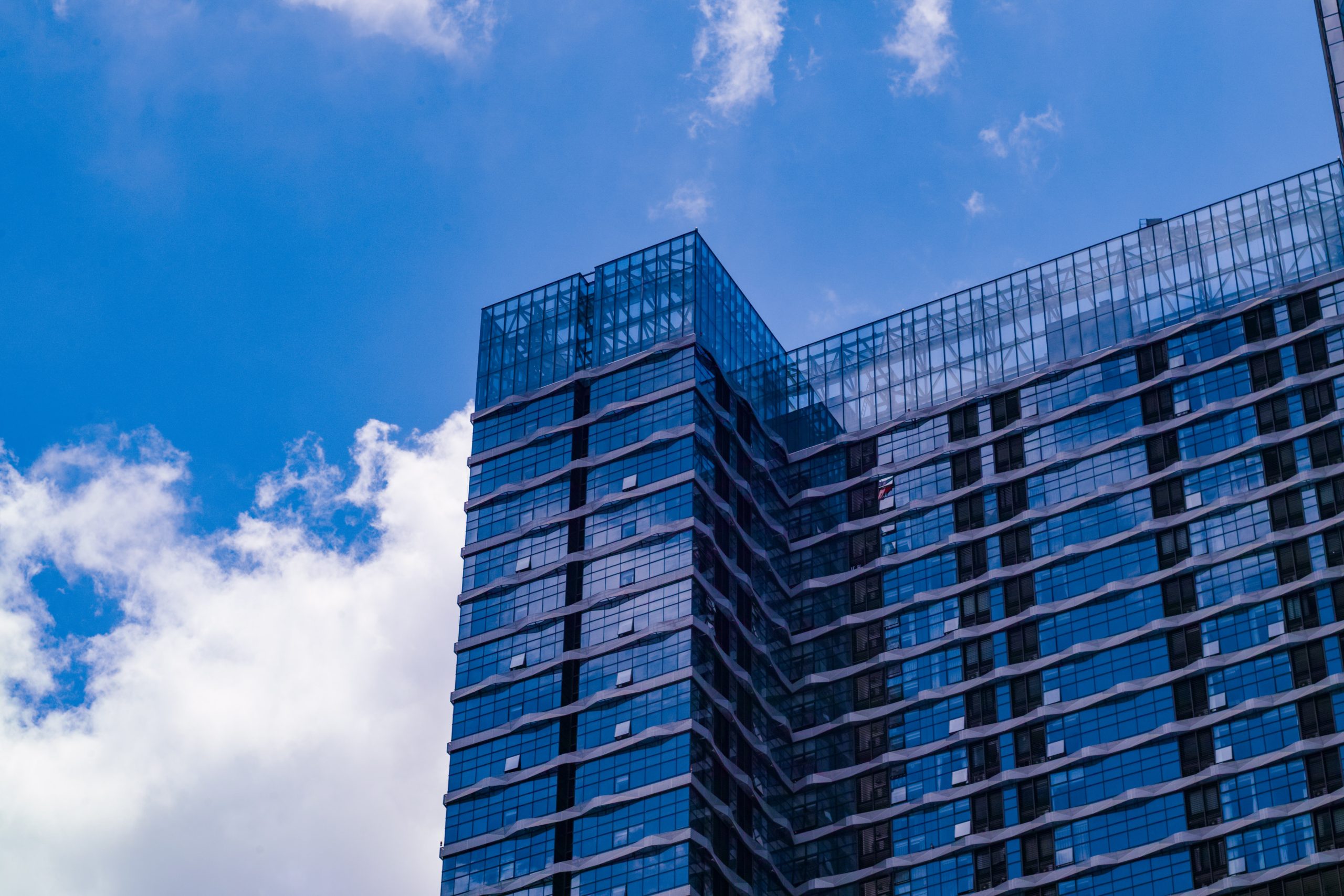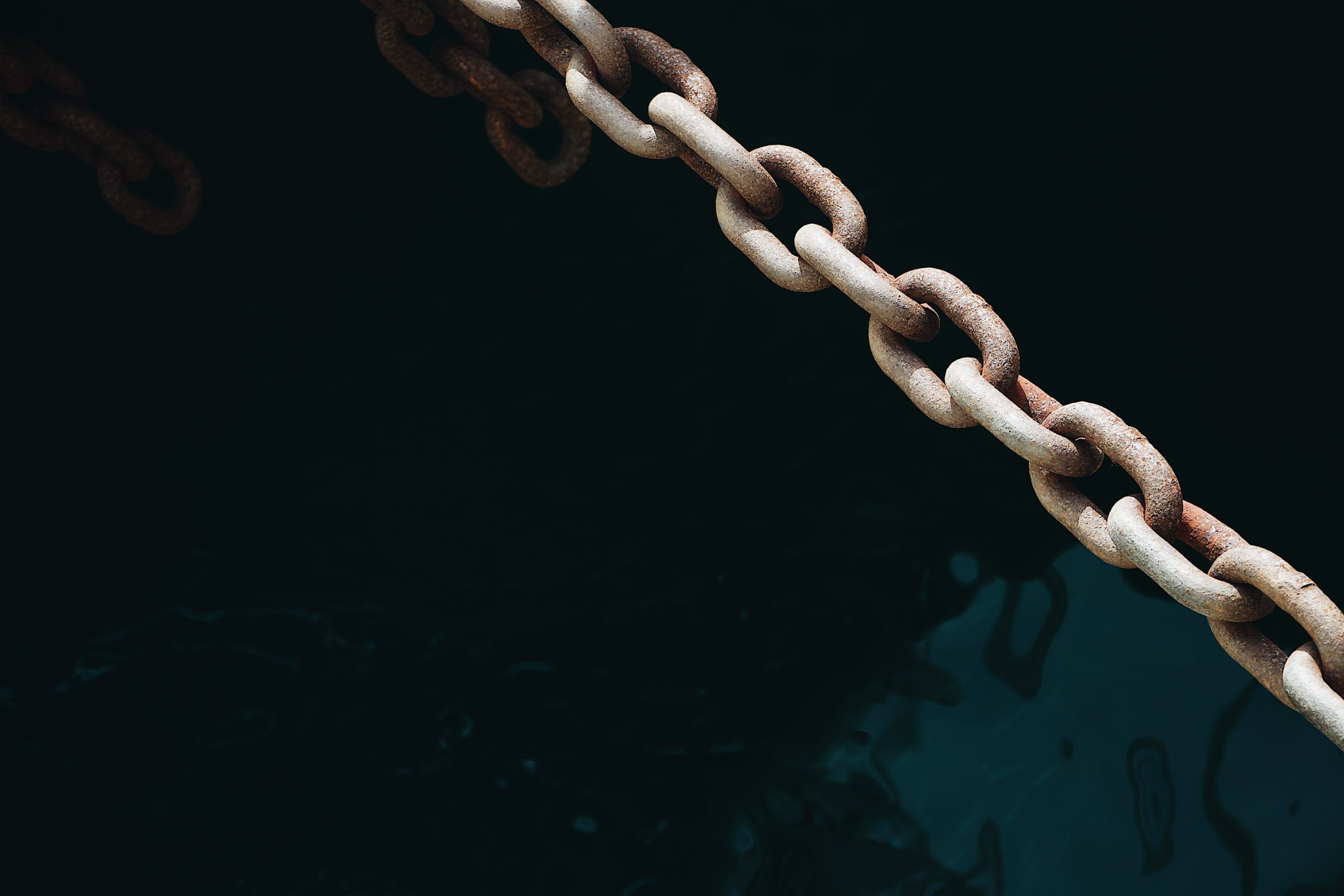In recent years, the beauty industry has been taking steps towards embracing diversity in terms of skin color, body shape, gender identity, and more. This shift is driven by consumers who are demanding more inclusivity and representation in the beauty products they use.
One major aspect of diversity in beauty is representation in advertising and marketing. Brands are realizing the importance of showcasing a range of diverse models in their campaigns, and many are even going beyond the traditional beauty standards to include people of all ages, abilities, and gender identities.
Another important aspect of diversity in beauty is product offerings. Brands are now creating products that cater to a wider range of skin tones and types, hair textures, and body shapes. This includes foundation shades that match darker skin tones, hair care products for curly and coily hair, and body care products that cater to different skin concerns.
But the push for diversity in beauty goes beyond just product offerings and marketing. It’s about creating a more inclusive and accepting culture within the industry. This includes hiring a diverse range of employees, partnering with organizations that support marginalized communities, and using language that is inclusive and respectful to all.
However, it’s important to note that the beauty industry still has a long way to go in terms of true inclusivity and diversity. There are still too many instances of tokenism and performative diversity, and many brands have been called out for appropriating cultures or using problematic language.
As a journalist, it is my duty to report on the progress being made towards diversity in the beauty industry, while also holding brands accountable for their actions and pushing for continued progress. The celebration of diversity in beauty is not just a trend, but a necessary and long overdue shift towards a more inclusive and accepting society.










